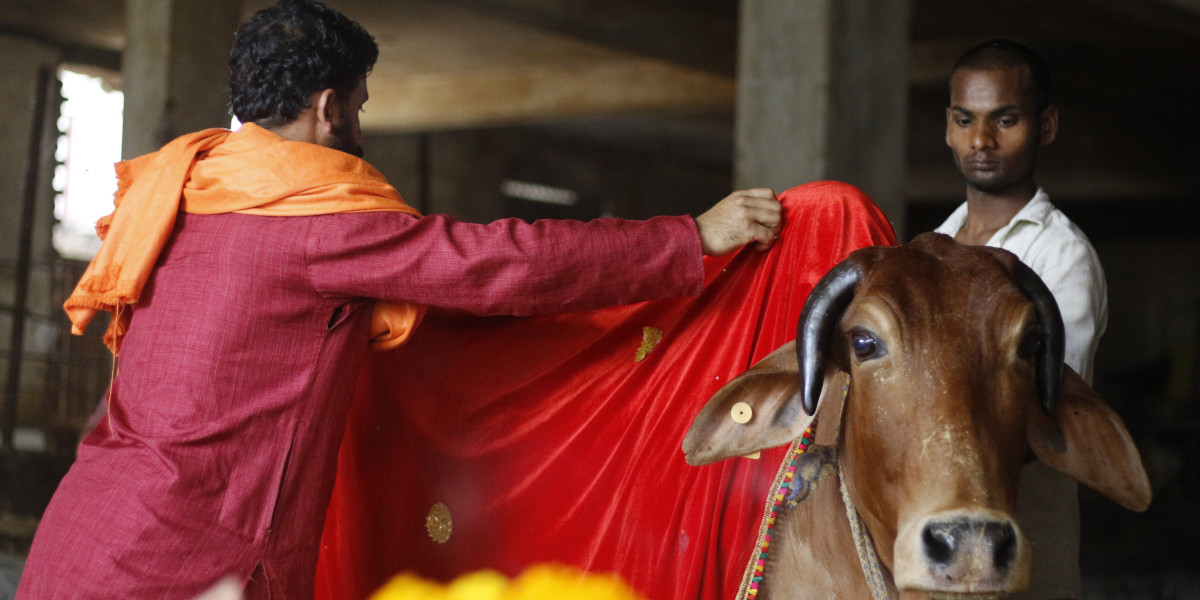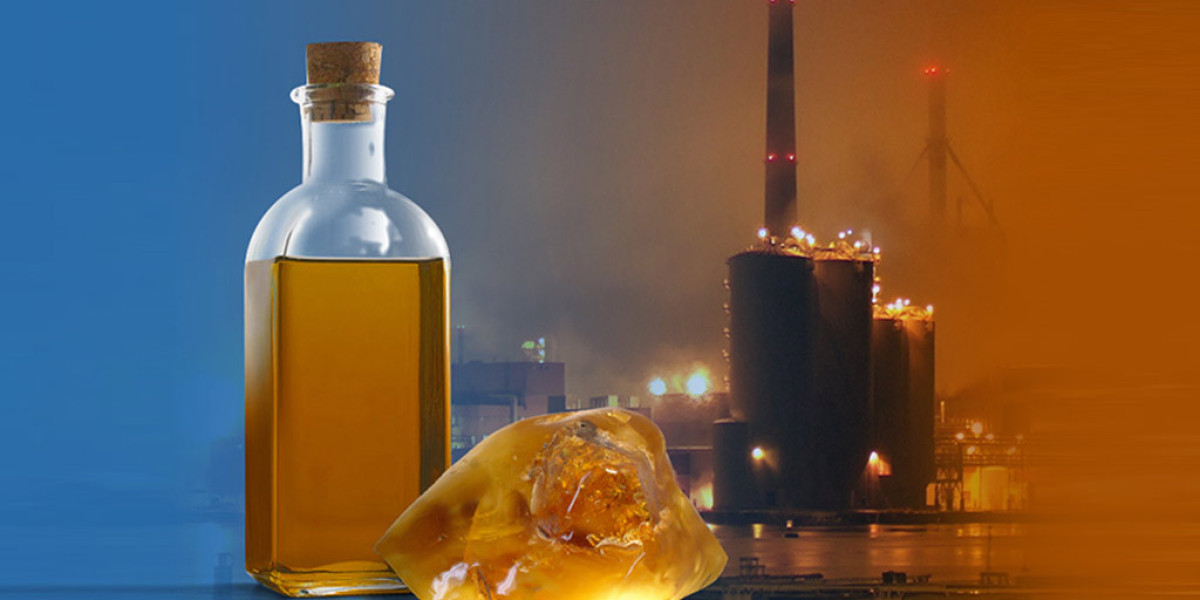In the spiritual tradition of Sanatana Dharma, certain objects and beings are revered for their divine qualities and the energy they carry. Desi cows, native to India, and Vibhuti (sacred ash) are among the most significant. Both represent profound aspects of Hindu spirituality and serve as conduits to connect individuals with the divine and natural energies. The Desi cow is honored for its nurturing qualities, and Vibhuti, made from sacred ingredients, is considered a purifier of the mind, body, and spirit. Together, they embody the principles of holiness, purity, and sustainability in Indian culture.
This article explores the deep relationship between the Divine Desi Cow and the Holy Sacred Bhasm (Vibhuti), highlighting their spiritual, medicinal, and ecological significance.
The Divine Desi Cow: Source of Nourishment and Spiritual Wisdom
The Desi cow, or indigenous Indian cow, has been celebrated in Hinduism for millennia. More than just livestock, the cow is seen as Gau Mata (Mother Cow)—a symbol of nourishment, selflessness, and abundance. The milk and products derived from Desi cows, such as ghee, curd, and dung, are integral to both religious rituals and practical life.
Spiritual Importance of Desi Cows
Embodiment of Divinity
Desi cows are considered the embodiment of Kamadhenu, the celestial cow who grants all wishes. They are revered as holy beings, providing more than just material benefits. Their gentle nature and nurturing qualities represent selflessness and unconditional love.Association with Hindu Deities
Lord Krishna, known as Gopal (the protector of cows), exemplifies the bond between humans and cows. He spent his childhood tending cows, promoting the ideal of living in harmony with nature and animals. Worshipping Desi cows is also believed to bring prosperity and divine blessings.Gaushalas: Centers of Service and Compassion
Gaushalas, or cow shelters, care for and protect cows, especially the elderly and abandoned ones. They reflect the value placed on compassion and service in Hindu philosophy. By serving cows, individuals are believed to accumulate positive karma and purify their souls.
The Role of Cow Products in Rituals and Daily Life
Desi cow products—milk, ghee, dung, and urine—are integral to various Hindu rituals. They are used to cleanse, purify, and sanctify homes, temples, and bodies.
Panchagavya in Rituals
Panchagavya is a sacred mixture made from cow milk, curd, ghee, urine, and dung. It is used in religious ceremonies to invoke divine blessings and purify spaces. In Ayurveda, Panchagavya is considered a healing agent for both physical and mental well-being.Cow Dung in Purification
Cow dung is known for its antimicrobial properties and is used to coat floors and walls, creating a clean, spiritual environment. During festivals like Govardhan Puja, cow dung is molded into symbolic structures, signifying nature’s abundance.Ghee for Yajnas (Fire Rituals)
Ghee made from Desi cow milk is essential in fire rituals (yajnas). When poured into the sacred fire, ghee is believed to purify the environment, spread positive energy, and attract divine blessings.
The Holy Sacred Bhasm (Vibhuti): Ash of Divine Purity
Vibhuti, or sacred ash, holds a revered place in Hindu worship. It is typically made from the ashes of dried cow dung cakes used in yajnas or from the cremation of other holy substances. The ash represents detachment, purity, and the transient nature of life. Applying Vibhuti is believed to protect the wearer from negative energies and remind them of the impermanence of worldly pleasures.
Spiritual Significance of Vibhuti
Symbol of Inner Purity and Renunciation
In Hindu philosophy, Vibhuti symbolizes the reduction of material elements to their purest form—ash. It reminds individuals of the impermanence of life and the importance of focusing on spiritual pursuits.Offering to Deities
Vibhuti is often offered to deities like Lord Shiva, who is known as the Lord of Ascetics and is associated with detachment and transformation. Shiva’s body is often depicted smeared with ash, signifying his mastery over desires and material attachments.Protective and Healing Properties
When applied on the forehead (the area of the third eye), Vibhuti enhances spiritual awareness and protects the individual from negative influences. Some believe that it also has healing properties, promoting mental clarity and emotional balance.
The Connection between Desi Cows and Vibhuti
The sacred ash (Vibhuti) is often produced from the dung of Desi cows. This reflects the synergy between the cow and spiritual practices in Sanatana Dharma. Cow dung, considered pure and powerful, transforms into ash after being burned in sacred rituals, symbolizing the transmutation of material into spiritual energy.
Vibhuti from Yajnas
The sacred fires in yajnas, where cow ghee and herbs are offered, produce ash that is collected and consecrated as Vibhuti. This ash carries the energy of the ritual and is used for blessings and protection.Cow Dung in Ash-Making
Ashes from dried cow dung cakes hold special importance. They retain the spiritual vibrations from the fire rituals, making the Vibhuti a powerful tool for spiritual purification. This also aligns with the ecological wisdom of using natural products that do not harm the environment.Sacred Cycle of Sustainability
The relationship between Desi cows and Vibhuti demonstrates a sustainable, eco-friendly lifestyle rooted in Sanatana Dharma. The cow provides materials for rituals, and even the waste products—such as dung—become sacred objects. This reflects the holistic approach of Hinduism, where nothing is wasted and everything is treated with reverence.
Modern Relevance of Desi Cows and Vibhuti
The spiritual and ecological practices involving Desi cows and Vibhuti are gaining renewed relevance in today’s world. As people search for sustainable and mindful living practices, these ancient traditions offer practical wisdom.
Promoting Organic Farming and Eco-Friendly Practices
The use of cow dung as fertilizer and biogas fuel supports sustainable agriculture and reduces dependence on chemical fertilizers and fossil fuels. It promotes a lifestyle that is in harmony with nature, aligned with the principles of sustainability and zero waste.Spiritual Wellness through Ancient Practices
The application of Vibhuti on the forehead helps modern individuals cultivate mindfulness and spiritual awareness. It acts as a gentle reminder of the impermanence of material life and encourages focus on spiritual goals.Gaushalas as Centers of Ethical Living
Gaushalas promote compassionate living, providing care to cows and ensuring their well-being. Supporting these shelters encourages animal welfare and preserves the traditional cow-centric way of life, which aligns with both ethical values and ecological sustainability.
Conclusion: A Sacred Connection between Nature and Spirit
The relationship between the Divine Desi Cow and the Holy Sacred Bhasm (Vibhuti) represents the essence of Sanatana Dharma—a philosophy that respects both material and spiritual existence. The cow’s products, from ghee to dung, play an essential role in rituals, agriculture, and sustainability, while Vibhuti serves as a powerful symbol of inner purity and divine connection.
Together, these elements reflect the holistic worldview of Sanatana Dharma, where every being and object has a sacred purpose. The reverence for Desi cows and the use of Vibhuti remind us to live with gratitude, mindfulness, and harmony—both with the divine and the natural world.
For more insights on the connection between Desi cows and Vibhuti, visit the full article here.







